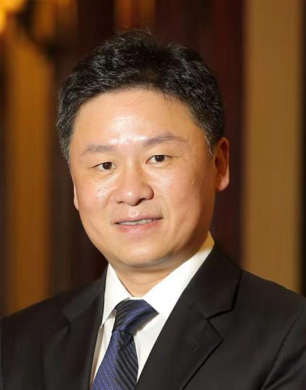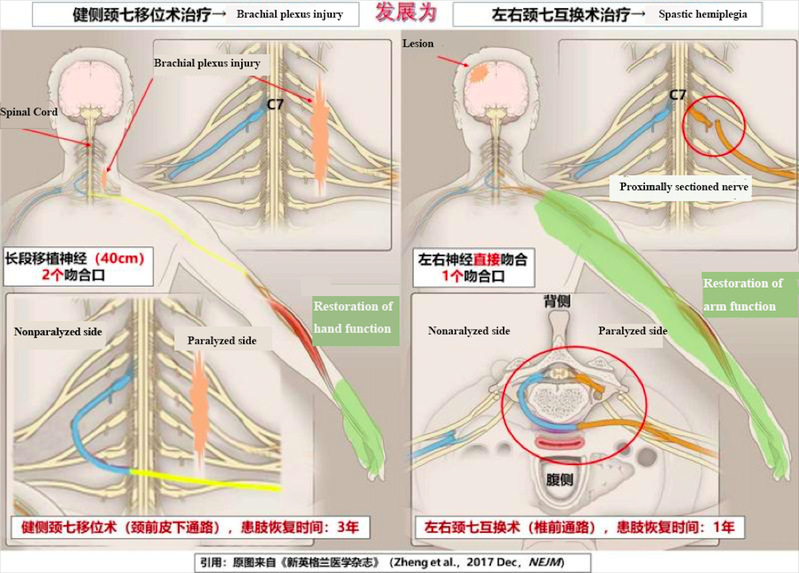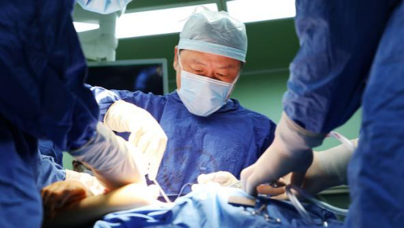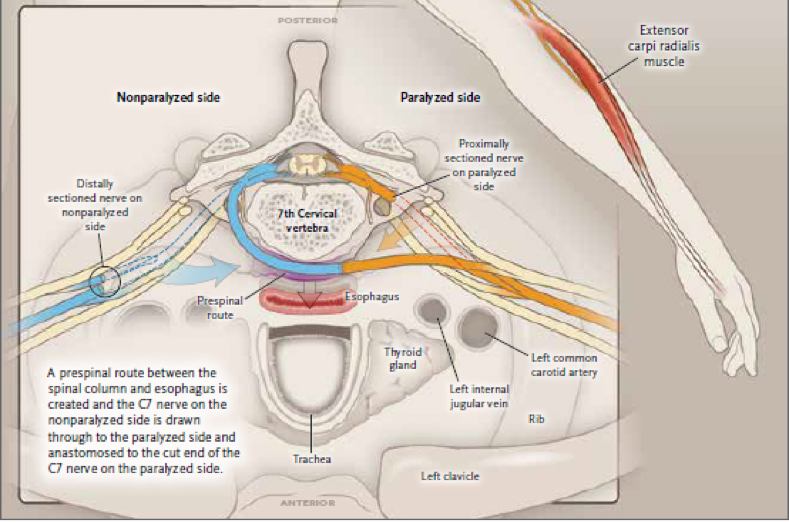Professor Xu Wendong was awarded a grand prize at this year’s Shanghai Science and Technology Award for his contribution to treating upper extremity disabilities.
Damage to the central nervous system caused by strokes or severe injuries may lead to upper extremity disabilities. Statistics shows that currently 30 million patients in China suffer from hand paralysis as a result of CNS injuries. Restoring extremity function after injuries is regarded as a hard nut to crack by doctors worldwide.

Professor Xu Wendong
Professor Xu Wendong from Huashan Hospital affiliated to Fudan University is one of the most committed surgeons in this field. However, instead of concentrating on rehabilitating the injured cerebral hemisphere like many researchers and doctors do, he taps into the potential of the healthy half of the cerebrum.
By proposing the grafting of a special type of nerve fiber to treat unilateral arm paralysis due to brain lesions, Xu opened up the possibility of treating central nervous system injuries by adapting the function of the peripheral nervous system. On May 19, 2020, Xu claimed the grand prize of the Shanghai Science and Technology Award.
This remarkable progress didn’t happen overnight. In fact, “It took us almost sixty years,” said Xu.
It all goes back to 1986, when Academician Gu Yudong, Xu’s mentor, did a groundbreaking surgery on a patient with brachial plexus injury which means his entire nerve networks in one arm were ripped away from his spinal cord. By transferring the contralateral seventh cervical nerve (C7) from the healthy side to the paralyzed side, Gu restored some functions of the patient’s paralyzed arm.

C7 transfer surgeries for treating unilateral arm paralysis due to brachial plexus injury (left) and brain injury (right)
In follow-ups of such C7 transfer surgeries, researchers found that the patients could sense physical contact on their healthy arm when actually only their paralyzed arm was touched. This piqued Xu’s interest.
In 2002 when Xu’s team contacted Gu’s first patient who received a C7 transfer surgery, the patient reported the same experience as 16 years ago. Through a series of rigorous experiments, the team found that with the transfer of C7, physiological connectivity was developed between the paralyzed side and the ipsilateral cerebral hemisphere which normally should only control the healthy side.
Building up on this discovery, the team initiated clinical trials in 2008. Phase I and II trials prove that due to neuroplasticity, a term referring to the capacity of neurons and neural networks in the brain to change their connections and behaviour, the healthy hemisphere can spare a new area in itself to connect with the paralyzed arm. Two years ago, the researchers published their findings in the New England Journal of Medicine under the title of “Trial of contralateral seventh cervical nerve transfer for spastic arm paralysis”.
The biggest difficulty in a C7 surgery is to find C7 from 40,000 nerve fibers. Xu compared this process to a soldier crawling ahead with iron wires above and bombs below. However, having done the surgery for over 400 times, surgeons at Huashan Hospital can now complete it with “no more than 50 ml blood loss” and “only 3 gauze sponges,” said Xu.

Professor Xu Wendong during an operation
After such surgeries, patients generally see an improvement of 17.7 in Fugl–Meyer score, a performance-based impairment index, in the paralyzed arm, and are able to take care of themselves in daily life.
The success of C7 transfer surgeries earned Xu an international reputation. A 5-year-old German boy with cerebral palsy and a spastic left arm was taken to Huashan Hospital by his mother. During the three hours’ surgery, Xu managed to join the C7 nerve on the right, the nonparalyzed side with the C7 nerve on the left, the paralyzed side using suture threads thinner than hair. Just four days after the surgery, the boy could stretch his left arm and fingers.

Xu owes his achievement to creative ideas and hard work. He believes that to think out of the box is the first step, yet it takes thousands of hours of practice to really achieve success.
“This is not the end,” said Xu when asked about his future research plans. Having developed skillful graft techniques for surgical treatment of upper extremity function, his team will further conduct research on restoration of lower limb function as well as on smart prosthetics to help more patients recover from paralysis and live a self-sufficient life.
Editor: Deng Jianguo, Li Yijie


